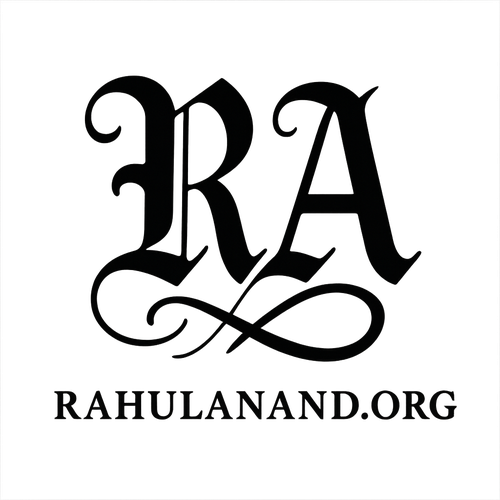by Rahul Anand | May 8, 2023 | SETS
Two sets A and B are called disjoint when they have no element in common (except the empty set ∅ }.
by Rahul Anand | May 8, 2023 | SETS
The set of all possible subsets of a set S is called the power set of S, written as P(S). Examples ⇒ The power set of { ‘a’ } is { ∅, {‘a’} }The power set of { 2, 3 } is { ∅, {2}, {3}, {2,3} }The power set of {1, 2, 3 } is { ∅, {1}, {2}, {3}, {1,2}, {1,3}, {2,3},...
by Rahul Anand | May 8, 2023 | SETS
If A is a subset of B but A ≠ B, then A is called the proper subset of B, and B is called the proper superset of A. This relationship is represented as below A ⊂ B ( A is a proper subset of A )B ⊃ A ( B is a proper superset of A ) Examples ⇒ {...
by Rahul Anand | May 8, 2023 | SETS
If there are two sets A & B such that every element of A is also in B, then A is called a subset of B. In other words, A is contained in B. B is called the superset of A. In the set theory, this relationship is depicted as below...
by Rahul Anand | May 8, 2023 | SETS
Two sets A and B are said to be equivalent(≡) if each element of A is also an element of B and each element of B is also an element of A. If elements are repetitive in one set, then it is not required for it to repeat in the other set for the two sets to be...
by Rahul Anand | May 8, 2023 | SETS
Two sets A and B are said to be equal(=) if they have the same elements. The elements may not be in the same order. If an element appears n times in one set, then it must also appear n times in the other set. Mathematically, two sets A and B are equal if For each...

